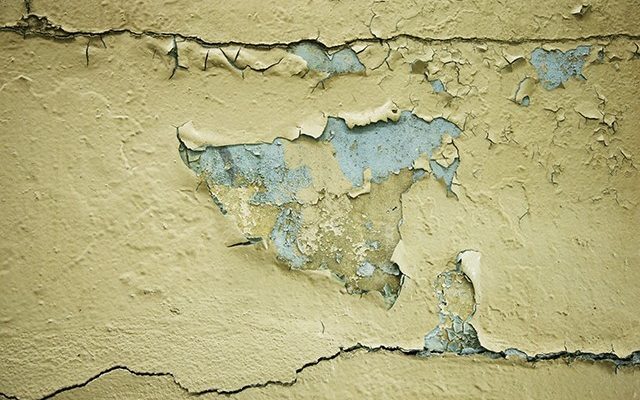
Over one third of Malawian children have dangerous levels of lead poisoning, causing widespread negative health impacts and a 6.2% loss of GDP.
A study has identified that lead paint is a major source of this poisoning.
Research on lead in solvent-based paints for home use in Malawi was carried out by Lead Exposure Elimination Project (LEEP) in collaboration with Chancellor College, University of Malawi.
During the study, researchers purchased 23 cans of solvent-based paints intended for home use were purchased in November and December 2020 from stores in Malawi. Over 20 hardware and paint stores in Lilongwe, Blantyre, and Zomba were visited to ensure all main brands were included. From each brand, white, yellow, and red (or similar colours if not available) were included.
All paints were then analyzed by an accredited laboratory at the University of Wisconsin, USA for lead content based on dry weight. The laboratory participates in the Environmental Lead Proficiency Analytical Testing program, ensuring reliability of the results.
Results released last year showed that 57% of paints and 75% of brands analyzed contained dangerously high levels of lead (>90ppm). In addition, 52% of paints had lead content greater than 600ppm.
The paint brands Coral, Rainbow, Medal, Monolux, Nuroc, and Crown Valmore were found to contain high levels of lead in some colours. Lead levels over 90ppm were not identified in the Plascon or Dulux paints tested.
“High levels of lead were found primarily in coloured paints, indicating that lead pigments may be the source.
“The lead paint in Malawi is widely used in homes and schools, forming poisonous dust and flakes, which are accidentally ingested by children,” said LEEP.
A tecinical brief released by World Health Organization 2020 indicate that ingestion of just a few flakes of lead paint can harm a child’s physical health, mental health, intelligence, and future earning potential.
Once lead paint is used on a surface it becomes a source of poisoning for many years to come.
A UNICEF report released in 2020 indicate that 35% of Malawian children (3.4 million) have lead poisoning at a level that causes anaemia, stunted growth, mental illness, and hypertension and cardiovascular disease later in life.
New York University estimates that $900 million is lost in Malawi every year due to reduced earning potential from lead poisoning. Lead is therefore responsible for a loss equivalent to 6.2% of Malawi’s GDP.
Lead exposure is also associated with an increased incidence of violent crime
“Improvements to lead paint regulation and its implementation would improve the health, wellbeing, and potential of Malawian children at a national scale,” said LEEP directors Dr Lucia Coulter and Jack Rafferty.
LEEP is an international NGO that partners with governments to establish effective public health policies to protect citizens from the harmful effects of lead exposure. LEEP is a member of the Global Alliance to Eliminate Lead Paint, a UN and WHO partnership.
The organization is focusing its efforts in Malawi because of the country’s high burden of lead poisoning.
Malawi Bureau of Standards’ MS 280 and MS 388 state that there shall be no lead in emulsion or decorative oil gloss paint. Lead is not a necessary ingredient in paint and alternatives are available and cost-comparable.
The results of the 2021 study were presented to the Malawi Bureau of Standards, who then committed to enforcing lead paint regulation. LEEP is now supporting the Bureau’s enforcement efforts and helping manufacturers switch to lead-free paint.














